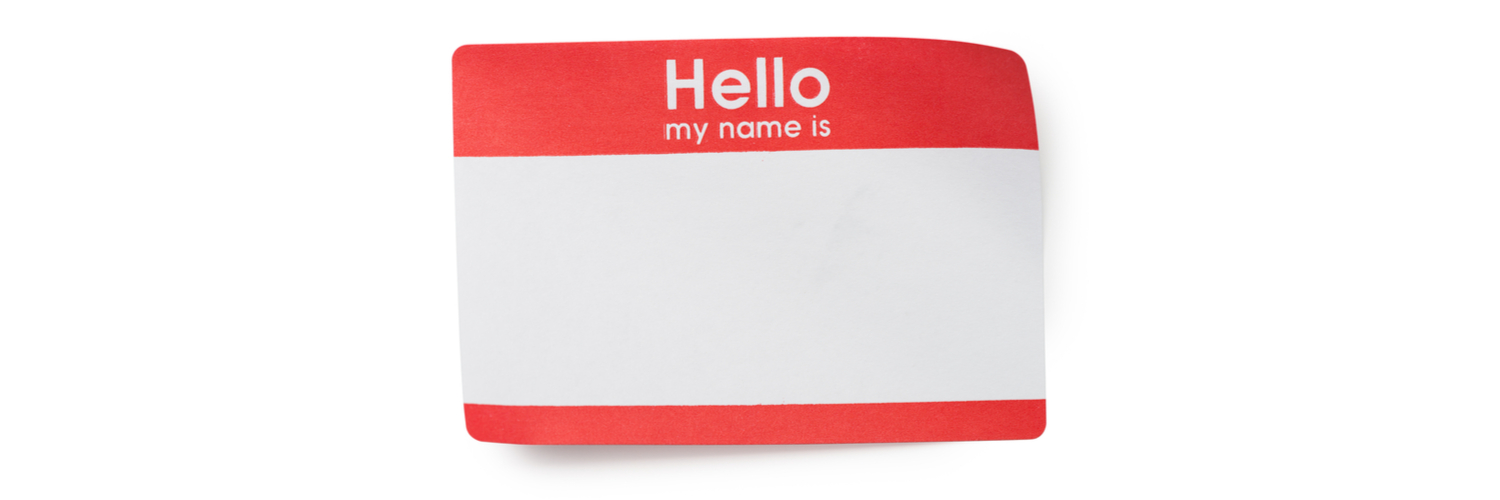“What’s in a name?” Shakespeare famously wrote that line, but let’s consider it for a moment. What’s in a name of a pandemic or even the name your incident investigation? Quite a lot, as it turns out.
A History of Naming Epidemics and Pandemics
The power of words amazes me. In 1918, the Spanish Flu was named after Spanish newspapers broke the story of the Spanish king’s sickness. When in fact, the flu had been devastating in countries around the globe for 6 to 8 months. Why wasn’t it named before that? Because the countries intertwined in World War I were not willing to publish how the 1918 flu was impacting the public and troops, and Spain was a neutral country and not as censored. News of the king being sick caught public attention—and the flu’s name was coined, despite the pandemic most likely originating in the U.S. Click here to see the timeline I put together showing the spread of the flu in relation to its naming.
The name of a virus can greatly impact groups of people, regions and industries. In 2009, the swine flu looked bad for the pig and hog industry, and resulted in a direct impact on the price of pork. Before that, MERS (Middle East Respiratory System) negatively affected the Middle East and its people. And so it goes, from the Hong Kong flu to the bird flu. When a word becomes a label that power increases--the naming of a virus outbreak or an incident will frame the entire event for better or worse.
Naming COVID-19
Today, we have a pandemic of the new coronavirus, COVID-19. Why? Because the World Health Organization (WHO) instituted new naming conventions and guidelines for naming viral diseases in 2015. COVID-19 indicates the type of virus, coronavirus, as well as the year it first appeared, 2019.
The following quote appeared in the 2015 WHO press release regarding the naming changes: “In recent years, several new human infectious diseases have emerged. The use of names such as ‘swine flu’ and ‘Middle East Respiratory Syndrome’ has had unintended negative impacts by stigmatizing certain communities or economic sectors,” says Dr Keiji Fukuda, Assistant Director-General for Health Security, WHO. “This may seem like a trivial issue to some, but disease names really do matter to the people who are directly affected. We’ve seen certain disease names provoke a backlash against members of particular religious or ethnic communities, create unjustified barriers to travel, commerce and trade, and trigger needless slaughtering of food animals. This can have serious consequences for peoples’ lives and livelihoods.”
Labeling Incident Investigations
Naming conventions become important in the labeling of incidents and incident investigations too. A label is often attached to an incident and that label sticks—even if an incident evolves into something different from what we originally thought. Labeling an incident seems like a very straightforward process. Some companies use a system of numbers, some use the name of the part in question with a number “valve 26” and some use the name of the injured person “the Bill Clarke incident.” Naming an incident after the injured person tends to give them ownership of the issue. It can inadvertently place blame on that individual before you have even started the Cause Map™ Diagram.
This is an important distinction. We want to focus on the task and the changes needed, and not blaming the person. In the case of COVID-19, calling the virus the Wuhan Flu may have limited healthcare precautions elsewhere in the world and lead to discrimination on a grand scale. By naming with task instead of a proper noun, we can better understand the incident and all of its causes, and evaluate the changes needed within the work process. Attributing an incident to a person or group limits may limit the solution options.
Avoiding Blame
This tendency to blame inadvertently sacrifices the insight from the people involved in the issue. Your frontline won’t share what they know if they think they may be reprimanded or even fired. Just as WHO saw a need to avoid blame in the naming of pandemics, so is there a need to avoid blame in incident titles. With this bias toward improving work process, the ThinkReliability® approach promotes the development of a prevention culture all the way down to the labeling of incidents.
I find that including the date as well as the task impacted is useful. Some examples of effective incident titles I’ve seen that don’t contribute to blame, across a variety of industries, include:
- Solder Burns During Hand Assembly
- Connector Disengagement
- Injury Moving Patient for Surgery
- Boiler Feed Water Pump Issue
If you need help working or labeling an incident without blame, our expert facilitators are available remotely to work with you. Request a quote online or call us at 281-412-7766.










